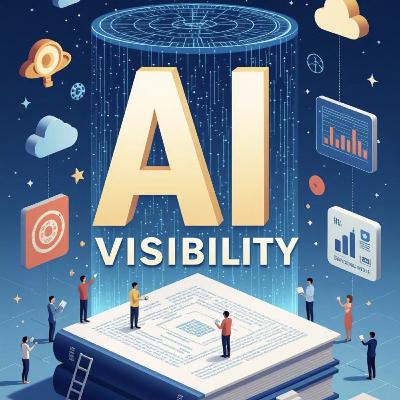Briefing Document: AI Strategy, Human Connection, and Future Brands
Description
NinjaAI.com
This briefing document synthesizes key themes and insights from "AI Strategy: Back Office, Human Connection, and Future Brands," focusing on practical AI implementation, policy considerations, and the evolving role of human connection in an AI-driven world.
I. Key Takeaways from Gen AI Summit: Practical AI Implementation
The Gen AI Summit outlined three crucial takeaways for organizations looking to adopt and scale AI effectively.
- Start Small to Build Culture: To foster "AI-first thinking and adoption," organizations should initiate "a handful of small pilots." The document warns against "too many projects creat[ing] fatigue" and "failed attempts can slow belief in AI as a solution." This approach emphasizes gradual integration and learning over ambitious, potentially overwhelming, deployments.
- Policy Before Pilots: A critical prerequisite for AI implementation is the establishment of a robust "AI policy." Without one, staff risk "unknowingly breach[ing] privacy or shar[ing] company IP externally." The source highlights that "a framework is just as important as the tools themselves," underscoring the necessity of ethical and legal guardrails from the outset.
- Back Office First, Front Office Later: The data strongly supports a phased approach, prioritizing back-office applications over customer-facing ones. The document states, "The numbers tell the story: 2/3 of back-office pilots succeed vs just 2/10 customer-facing pilots." While "Silicon Valley is pouring millions into consumer-facing AI," it is acknowledged that "it’s not ready yet." The strategic recommendation is to leverage AI for "efficiency and augmenting humans" in the back office, building the necessary "infrastructure and foundations" to prepare for future, more mature customer-facing AI.
II. The Role of AI in Human Connection: A Key Contradiction and Future Opportunity
A significant theme explored is the paradoxical relationship between AI and human connection, presenting both a risk and a significant opportunity for brands.
- Contradiction: AI and Consumer Connection: The source highlights a "Key Contradiction" from the summit: "One speaker argued AI and tech are creating more consumer connection. Shaeden Watson countered that true connection happens when AI is used with humans, not instead of them." The author explicitly agrees with Watson, further arguing that "Technology and AI are, in my view, creating an increasingly isolated and disconnected world." This isolation is attributed to increased remote work, reduced human interaction, and reliance on AI for information traditionally sought from people.
- The Opportunity: Brands as Connectors: This "vacuum of human connection" is identified as a unique opportunity for brands. The document posits, "This vacuum of human connection is where brands have an opportunity to provide connection and community."
- Strategic Use of AI:
- The opportunity: "Use AI to drive efficiency and augment strategy." AI's strength lies in enhancing internal operations and supporting strategic decision-making.
- The risk: "Overusing AI for customer interactions." This reinforces the caution against premature or exclusive reliance on AI for direct customer engagement.
- The future: Brands that will succeed are those that "double down on human connection and communities, with AI as the enabler not the replacement." This vision positions AI as a supportive tool that facilitates, rather than substitutes, genuine human interaction and community building.
III. Conclusion
The document advocates for a strategic, phased, and ethically guided approach to AI adoption.





